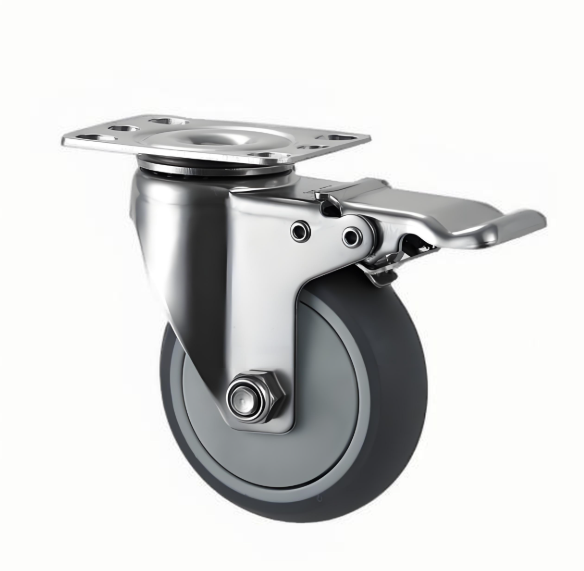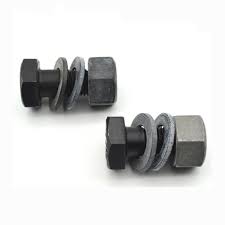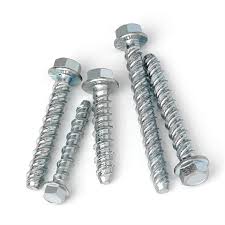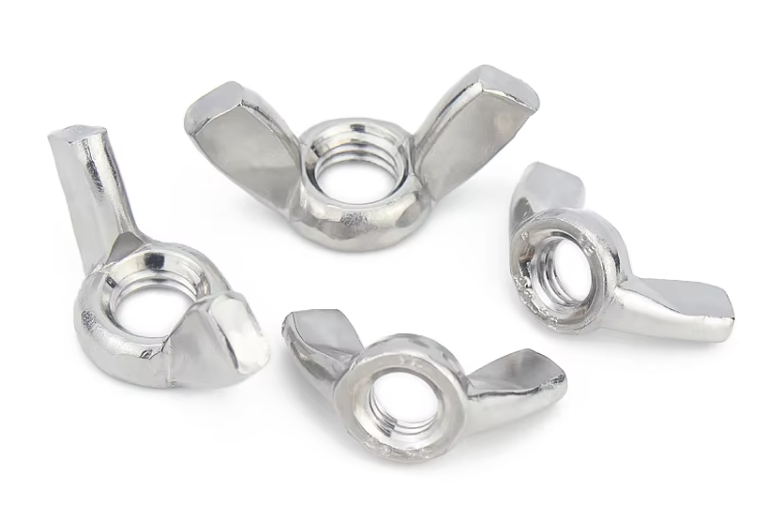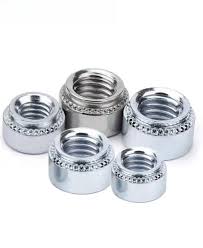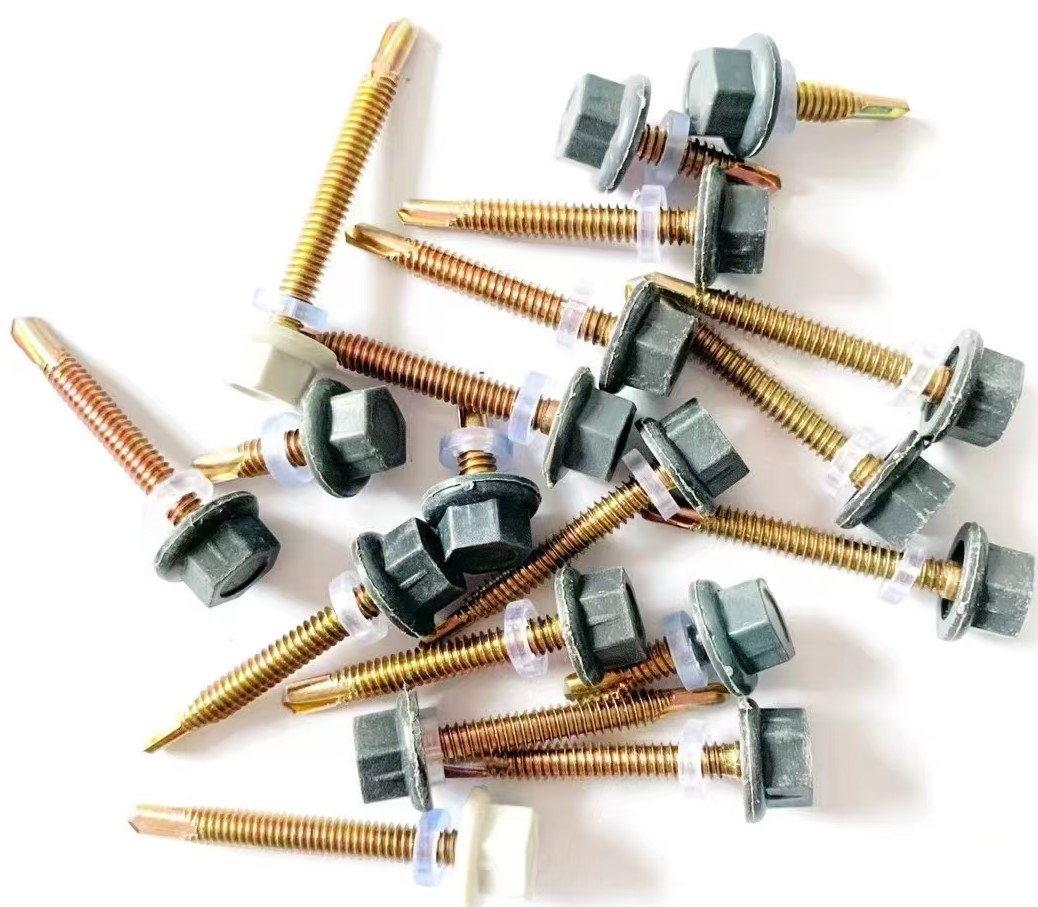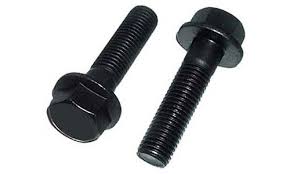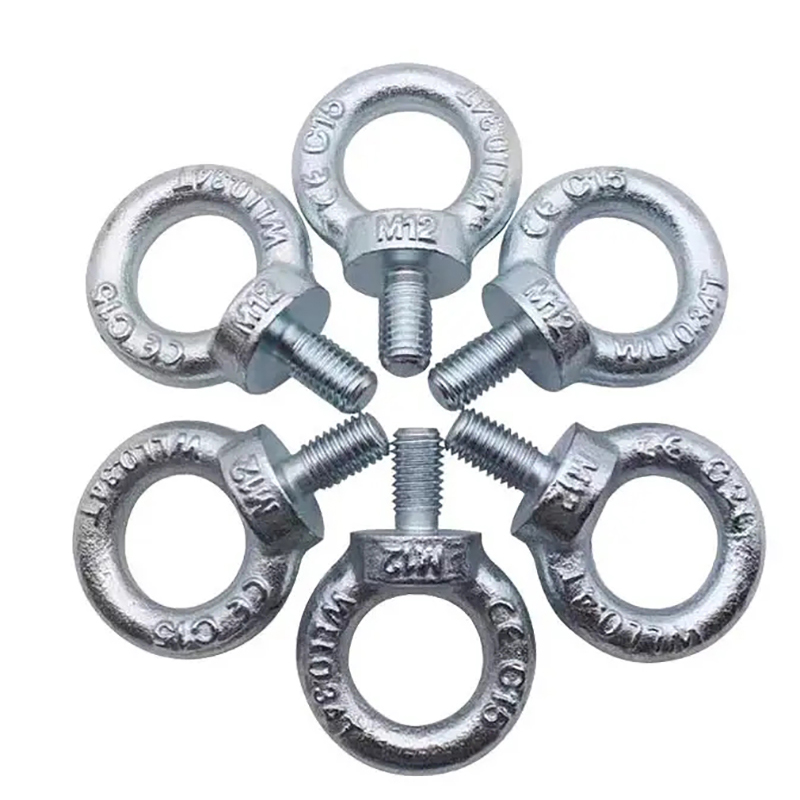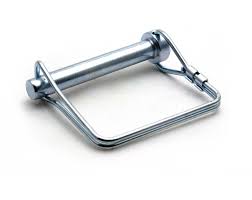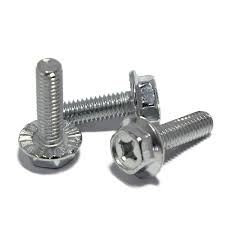

This comprehensive guide helps you understand everything about stainless steel coach screws, from their different types and applications to choosing the right ones for your specific project. We'll cover material grades, sizes, and installation techniques, ensuring you make informed decisions for a successful outcome. Learn about the benefits of using stainless steel coach screws and avoid common installation mistakes.
Stainless steel coach screws, also known as coach bolts, are a type of high-strength screw with a large, countersunk head and a coarse, fully threaded shaft. Unlike other screws, they are designed for heavy-duty applications where significant clamping force is required. Their robust construction makes them ideal for fastening materials such as wood, metal, and composites. The coach in their name refers to their historical use in carriage construction. They are made from various grades of stainless steel, offering superior corrosion resistance compared to other materials.
The grade of stainless steel used significantly impacts the strength and corrosion resistance of the stainless steel coach screws. Common grades include 304 and 316 stainless steel. 304 stainless steel offers good corrosion resistance, while 316 stainless steel provides enhanced resistance to chloride-containing environments, making it suitable for marine or coastal applications. Choosing the right grade is crucial for ensuring the longevity of your project. Always check the manufacturer's specifications for details on the specific grade used. For a wide range of high-quality stainless steel coach screws, consider exploring the selection available at Hebei Dewell Metal Products Co., LTD.
Stainless steel coach screws are available in a variety of head types, including countersunk, raised, and button heads, each suited to different applications. They also come in various diameters and lengths to accommodate different material thicknesses and project requirements. The size you choose will depend on the material being fastened, the required clamping force, and the overall design of the project.
These screws find application in diverse sectors: construction (heavy timber framing, steel structures), marine and shipbuilding (hull fittings, deck hardware), automotive (chassis components, body panels), and furniture making (high-strength joints). Their strength and corrosion resistance make them a reliable choice for projects requiring long-term durability in demanding conditions.
Several factors influence the selection of appropriate stainless steel coach screws:
| Application | Recommended Material | Screw Size (Example) |
|---|---|---|
| Outdoor Deck Construction | 316 Stainless Steel | M10 x 80mm |
| Interior Furniture | 304 Stainless Steel | M6 x 50mm |
| Metal-to-Metal Joint | 304 or 316 Stainless Steel (depending on environment) | M8 x 60mm |
Proper installation is crucial for ensuring the strength and longevity of the joint. Pre-drilling pilot holes is essential to prevent material splitting, especially when working with hardwoods. Always use the appropriate size drill bit for the screw diameter. Tighten the screws evenly to avoid stress concentrations. Refer to the manufacturer's guidelines for specific torque recommendations.
By carefully considering the factors outlined above, you can select and install the perfect stainless steel coach screws for your next project. Remember to always consult with a professional if you are unsure about any aspect of the installation process.
1 Manufacturer specifications may vary. Consult individual product data sheets for detailed information.

